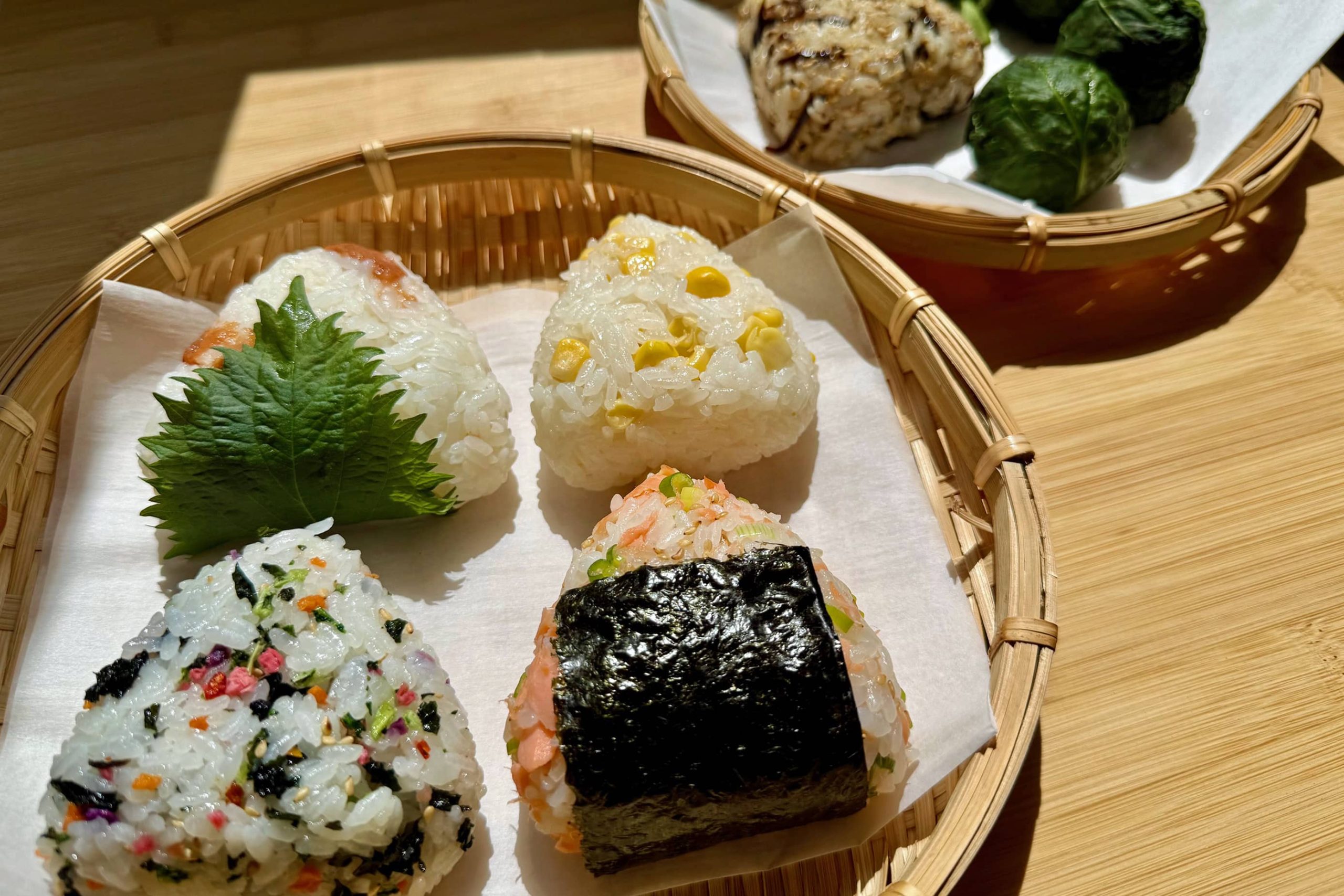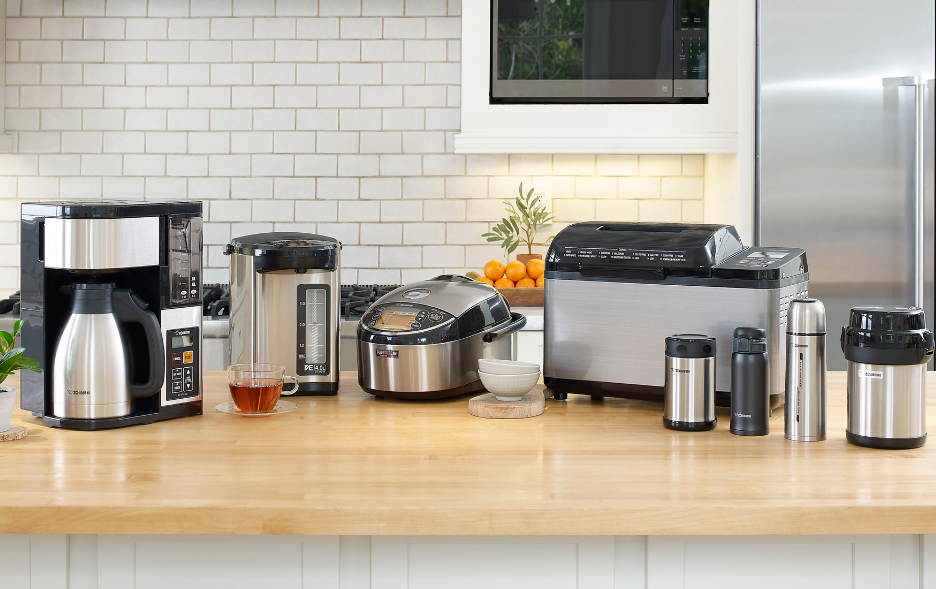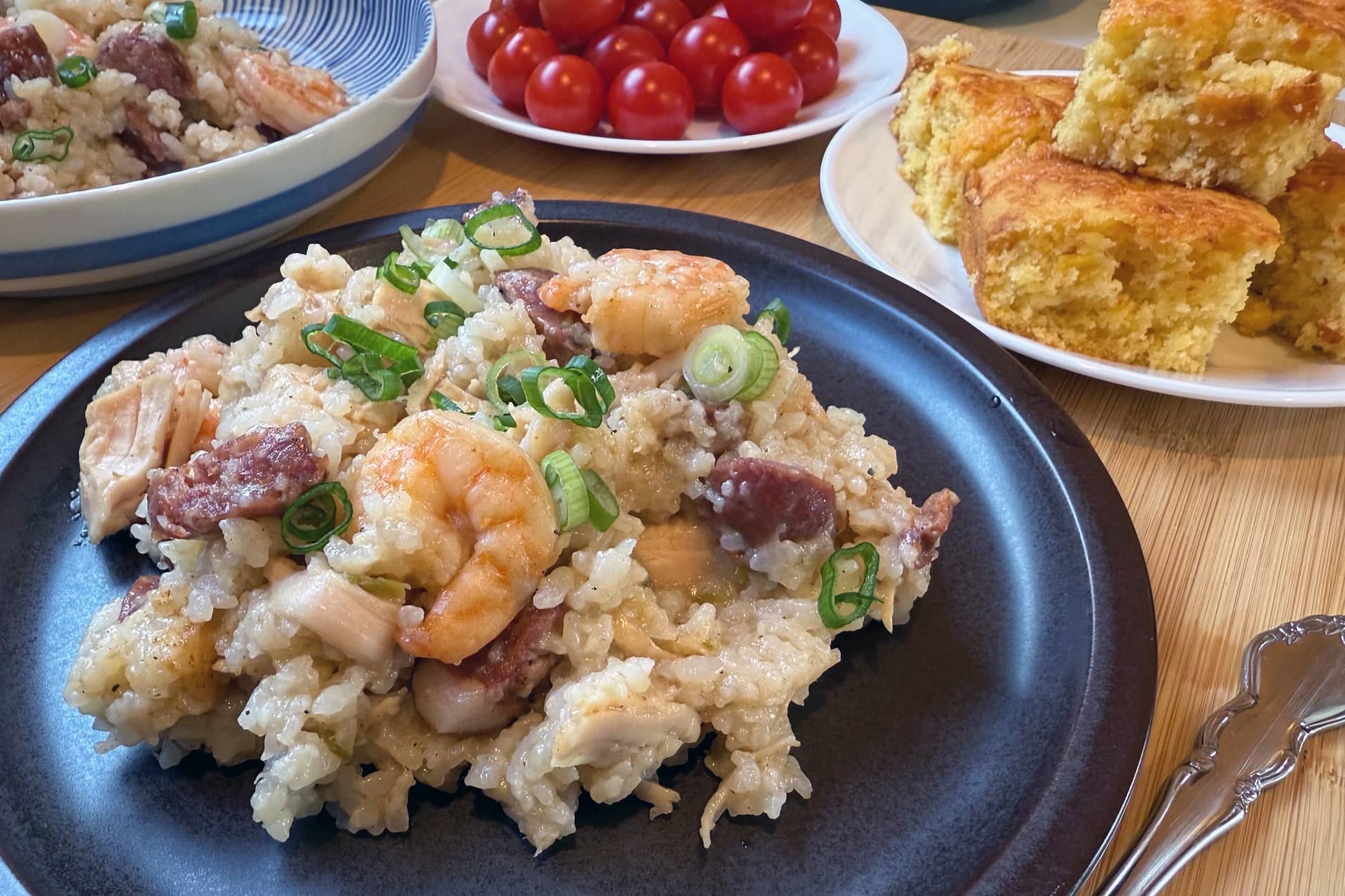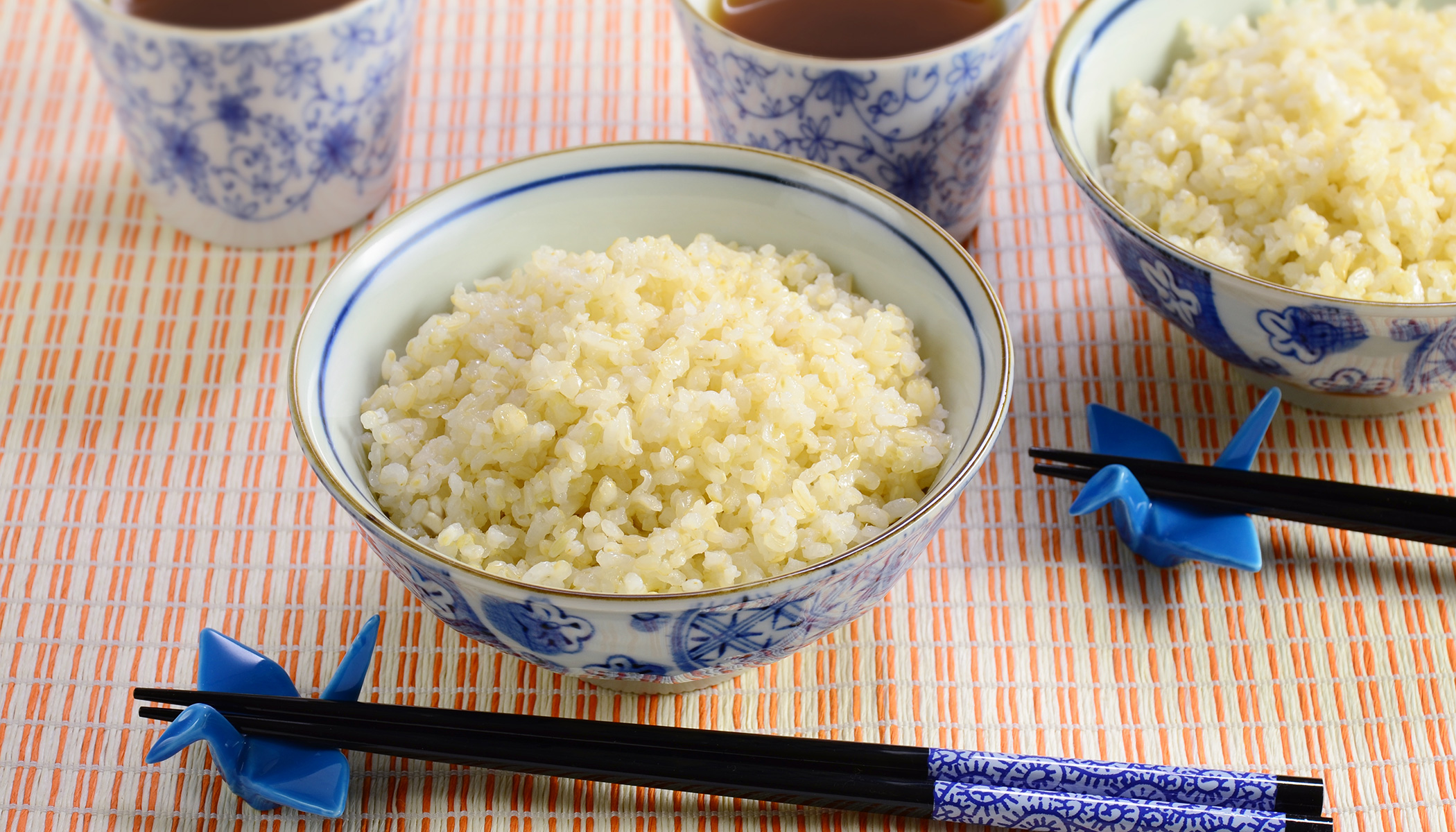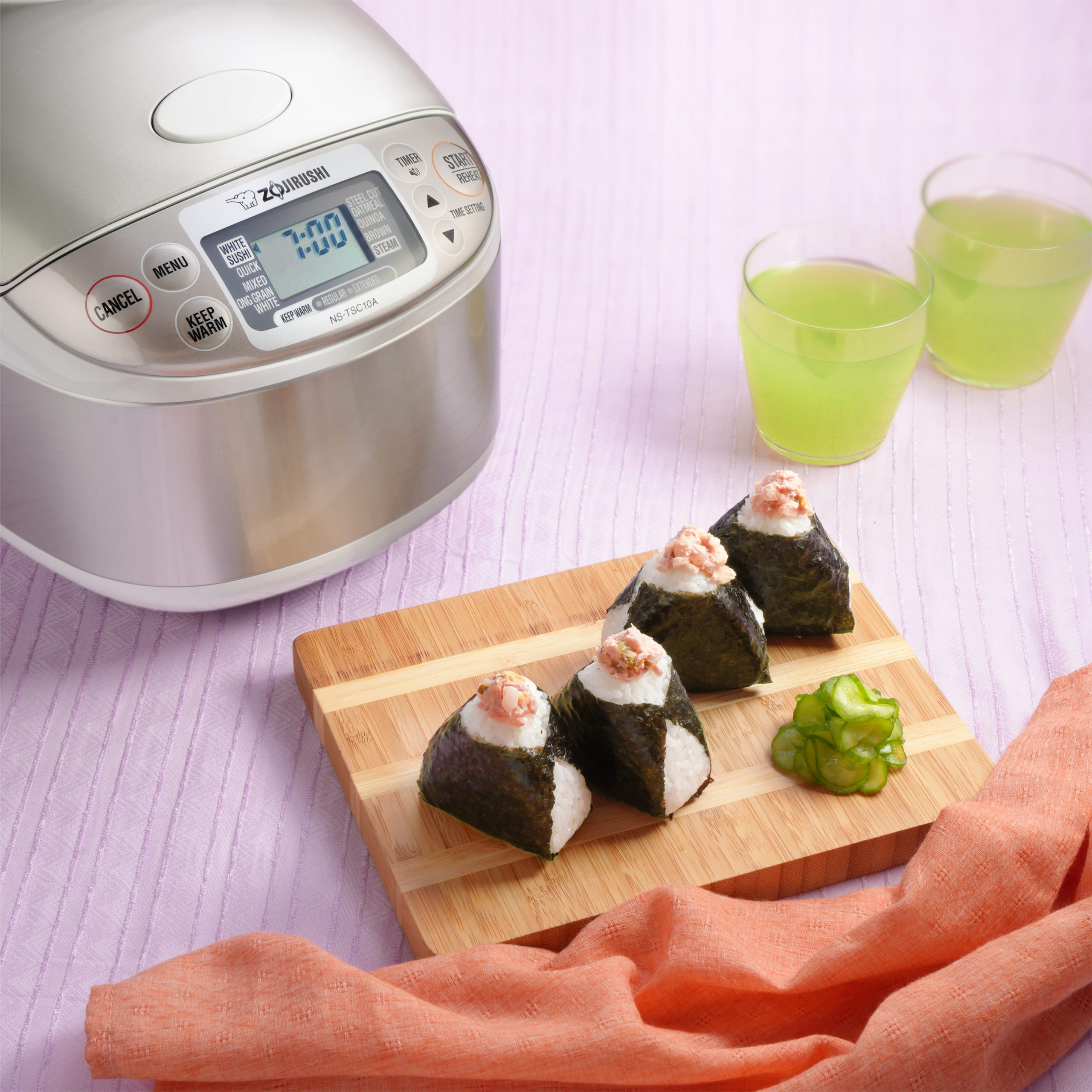Tag: ricecooker

How Zojirushi Helps You Stay on Schedule
Read more: How Zojirushi Helps You Stay on ScheduleWe get it – life gets busy! Whether it’s work, school, or personal time, every…

The Rice Cooker is My Friend
Read more: The Rice Cooker is My FriendIf you own a rice cooker, it’s time to give it a real workout. If…

Start the Year Right with Zojirushi: New Year’s Resolutions Made Simple
Read more: Start the Year Right with Zojirushi: New Year’s Resolutions Made SimpleThe start of a new year is an opportunity to reset, refocus, and work towards…

Discover the Best Onigiri Fillings and How to Make Them at Home
Read more: Discover the Best Onigiri Fillings and How to Make Them at HomeIn today’s blog, we’re introducing one of Japan’s most beloved snacks—onigiri! Enjoy the deliciousness of…

Blast from the Past: Celebrating Iconic Zojirushi Co-Branded Products
Read more: Blast from the Past: Celebrating Iconic Zojirushi Co-Branded ProductsAt Zojirushi, innovation and design have always been our driving forces, starting with the glass-lined…
